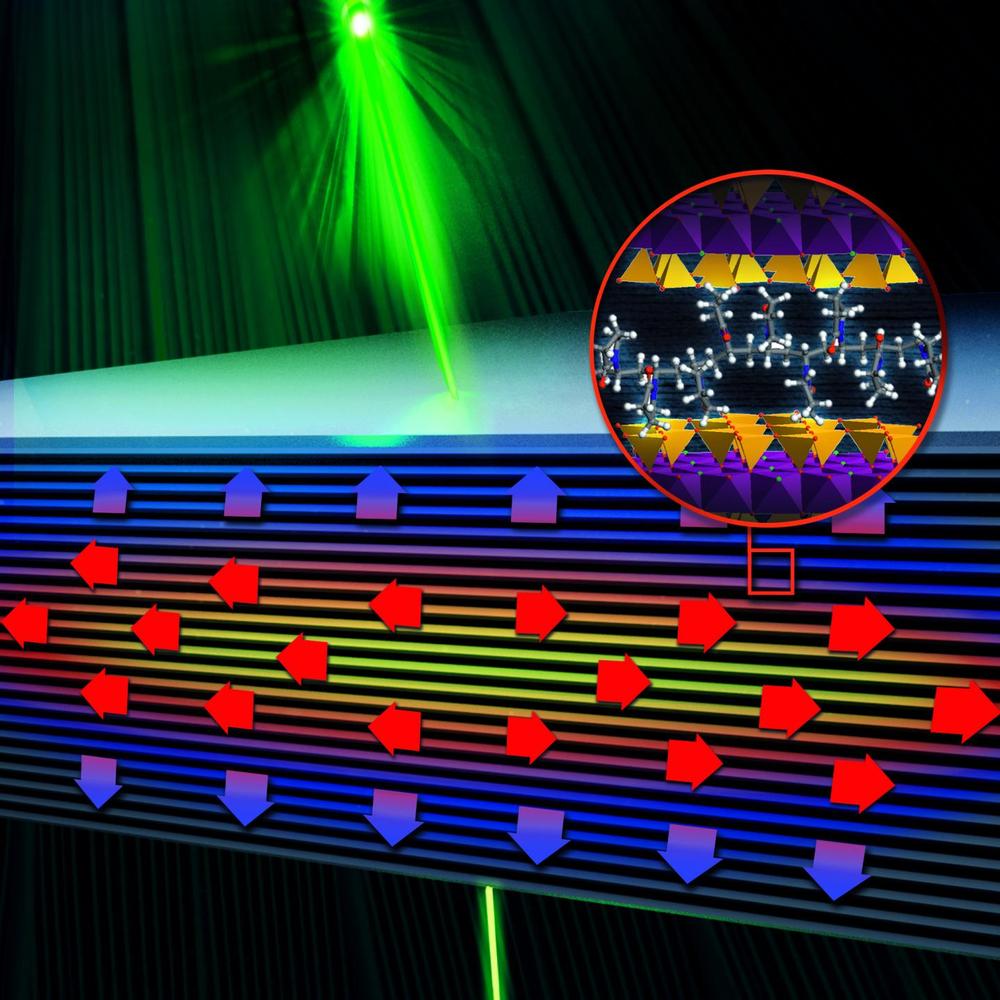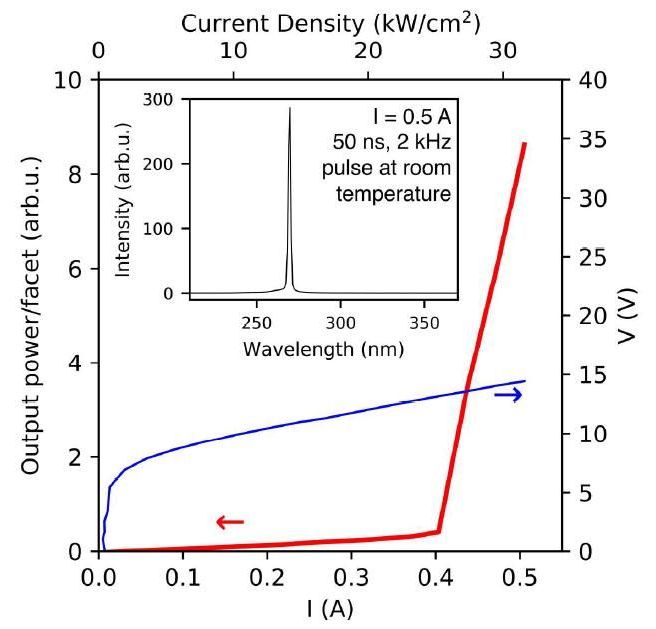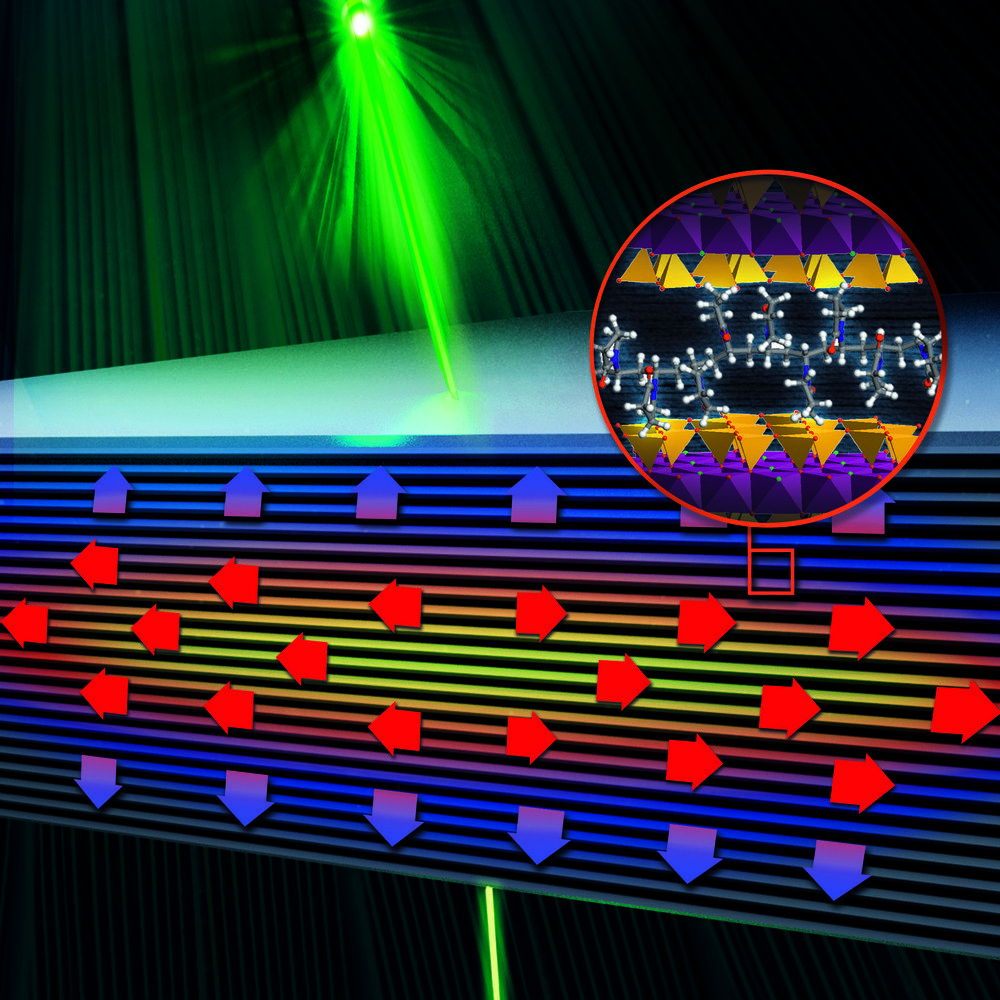Different kinds of materials can play different roles when it comes to controlling heat. If we want to keep our home warm in the depths of winter, insulating layers in our walls can help to lock it in. If we want to keep things cool, thermally conductive materials like those used in computer processors can help carry it away. But could one material have it both ways? A new breakthrough suggests that it could, made by a team of scientists who believe heat needn’t just be a one way street.
The research was carried out by scientists at the University of Bayreuth and the Max Planck Institute for Polymer Research, who sought to combine the thermally insulating properties of materials like polystyrene, with the thermally conductive properties of heavy metals often used to dissipate heat.
Their breakthrough boils down to a way of manipulating the way heat travels, which is through the oscillation of individual molecules that pass on their movement to neighboring molecules.





